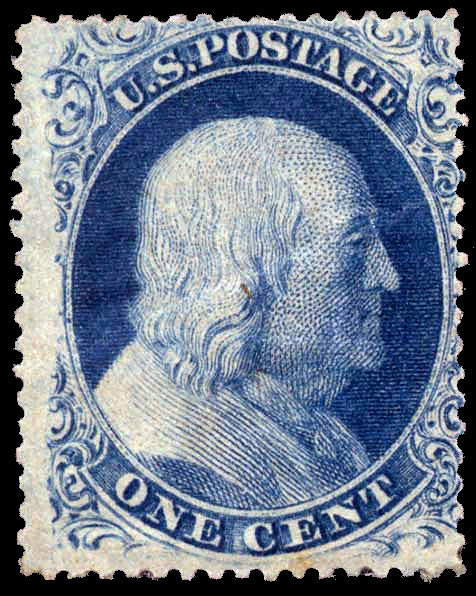Basic Info
1¢
Blue, pale blue, dark blue
Printing Method: Die-to-relief-to-plate transfer process
Plate: 1 (late), 2, 4, 11 and 12
Printer: Toppan, Carpenter & Co.
(Plates 11 and 12 whilst part of the American Bank Note Company)
Subject: Benjamin Franklin
Number issued: unknown
Perforations: 15 to 15½
Watermark: Unwatermarked
Scott #: 20
Earliest date of use July 26th, 1857
Value
Used
$90 - $150
No postmark with gum (MH)
$125 - $300
Full perfect gum, no postmark
no trace of stamp hinge mark (MNH)
$1,900 - $2,000
Inspiration for the Design
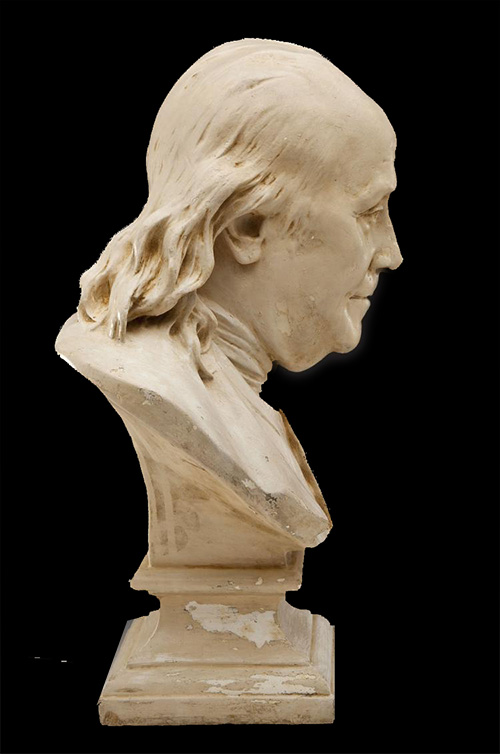
The vignette was based on Giuseppe Ceracchi's 1791 bust of Benjamin Franklin
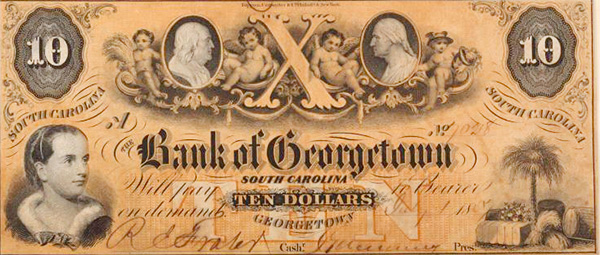
A contemporary banknote printed by Toppan, Carpenter with the same vignette as #20
The Imprint
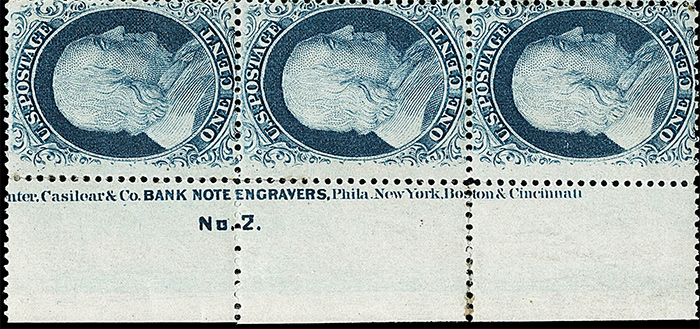
Plates 1, 2 and 4 imprint
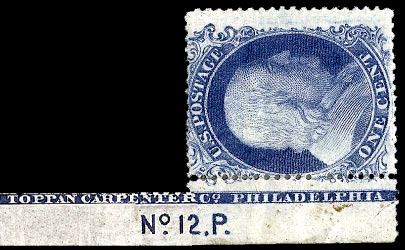
Plate 12 imprint, plate 11 is similar
Along the side margin of the sheet can be found the Printers imprint along with the plate number.
A full pane
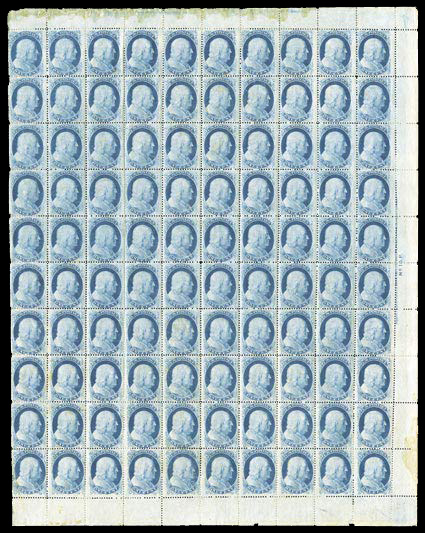
A full pane of 100 of the perforated 1857 1¢ Franklin, there are two panes to a sheet of 200
Double Transfers
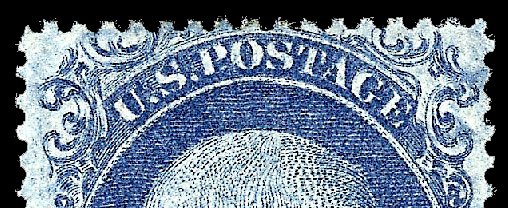
A considerable number of double transfers will be found on these stamps.Few of them are as pronounced as the double transfer of position 72R12 (shown above)
Notable Sales


The only one block with the Plate 2 imprint and number is recorded
Sold May 2019 for $28,320
Explore Robert Siegel's Auction Galleries
Identifying #20
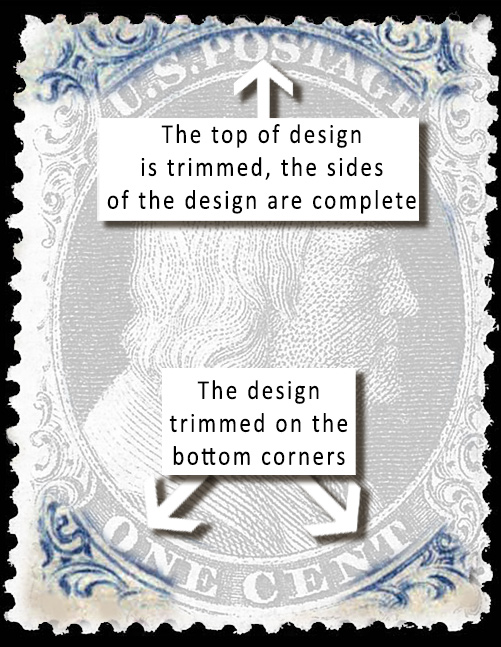
#20 can be found on plate's 1 (late), 2, 4, 11 and 12. There is only one instance of a this type II on plate 1 (late), that being position 4R1L. The opposite is true for plate 2 which is all type two except two positions, positions 99R2 (type III and part of the big crack) and 100R2 (type IIIa). Plates 4 and 11 had twenty positions and plate 12 had 101 positions.
Notes on #20
1) It is the earliest stamp to appear on the patriotic cover
2) The big crack (see below) is much less common in than in #7
3) The finest examples of type II can be found from the top row of plate 4.
These have a break in the outer line at the bottom.
4) Plate II has numerous double transfers, one of which is inverted (71L IE) and one triple transfer with one of these being inverted (positions 81L IL and 91L IE). Position 7R IE has the most prominent double transfer, followed by 65R IE and then 22R IE.
5) The stamp is uncommon in blocks.
6) For some reason imprint copies are rare on #20.
7) Plates 11 and 12 used new transfer rolls and had a nearly complete design, there was no trimming involved. Margins are tight on these two plates. These two plates also used two three relief transfer roll, rather than the previous six relief transfer roll. Relief T can be found on the top row of plate 11.
8) Plate 11 stamps are scarce, the plate was only in use for six months.
9) Plates 11 and 12 were printed by the American Bank Note company.
The Big Crack
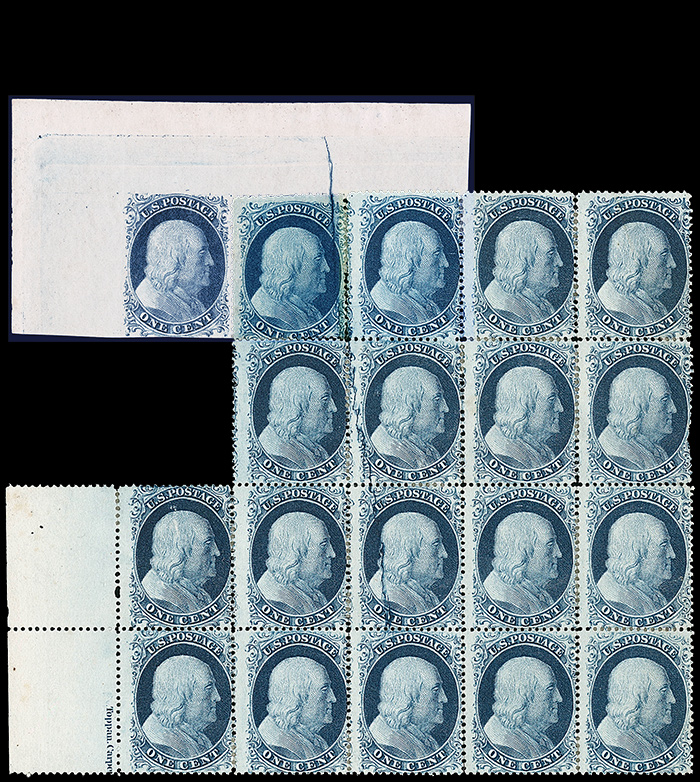
Known as the big crack. Plate II became cracked and several imperforate and perforated sheets were printed with this crack. The crack can be seen in Positions 2L, 12L, 13L and 23L.
Caused by an integral flaw in the steel plate. Later printings show the crack extending to the fourth row.
The first perforated stamps
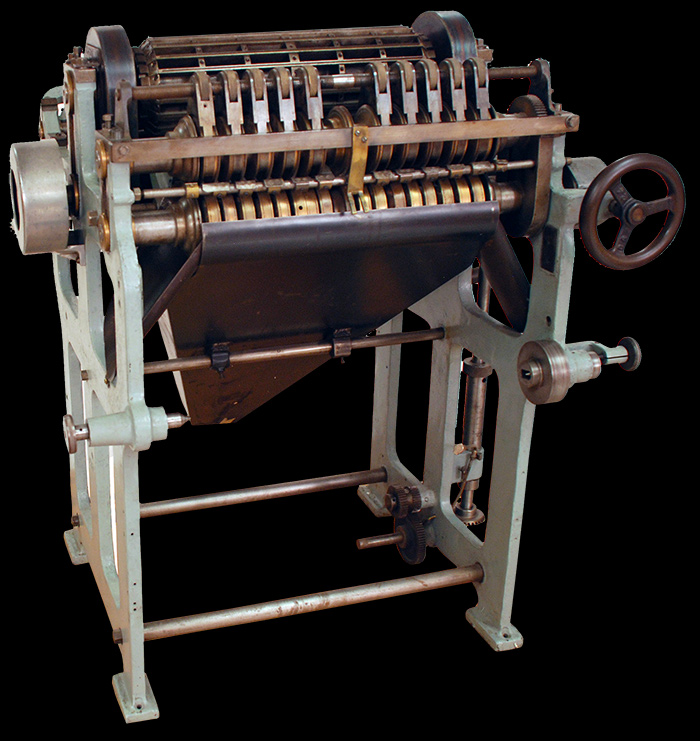
The perforating machine used on the 1857 issue
The idea behind perforating the stamps was to make the stamps easier to separate and apparently to make the stamps adhere better, although I am not sure about the thinking behind that one.
A rouletting machine was purchased from the UK. The only perforating machines were made in the UK and the British Printers, Perkins Bacon, did not want to let one go abroad. A typical British attitude at the time. So the Bureau purchased the rouletting machine. They tried it out and the result was not what they were looking for. To convert the rouletting machine to a perforating machine was as simple as swapping out the rouletting roller with a perforating roller (which had to be designed and produced). Takes less than a minute.
There was one slight problem space allowance to feed the sheets of stamps was kind of narrow. This was solved by squeezing the row of stamps into the narrower space. Something that philatelists who prize four margin stamps will forever regret.
The sheet of stamps was fed in one way to get the vertical perforations, the spacing on the perforator roll was changed and then the sheet was fed through horizontally.
Forgery

A contemporary forgery of the 1¢ Franklin
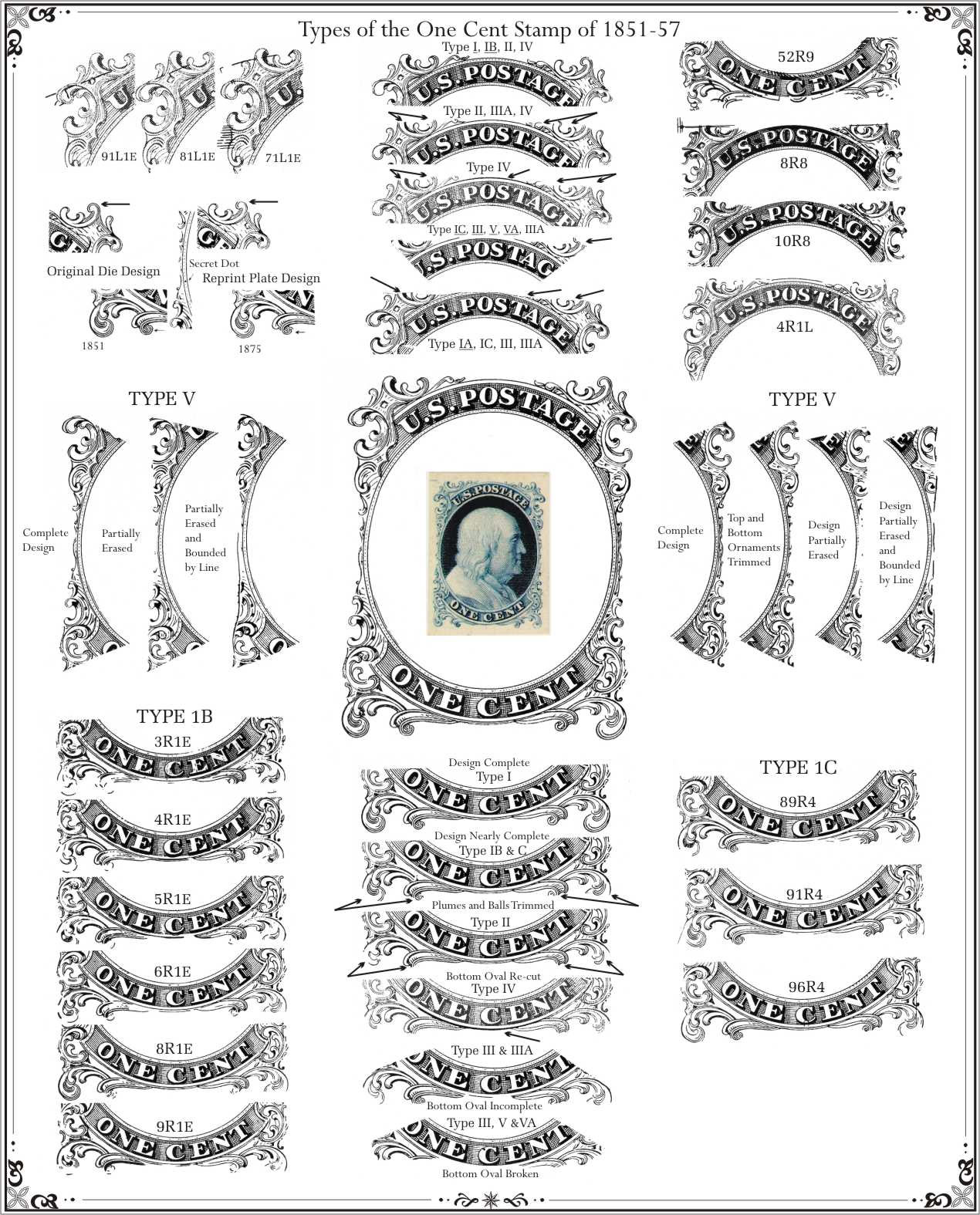
Essay's and Proofs

